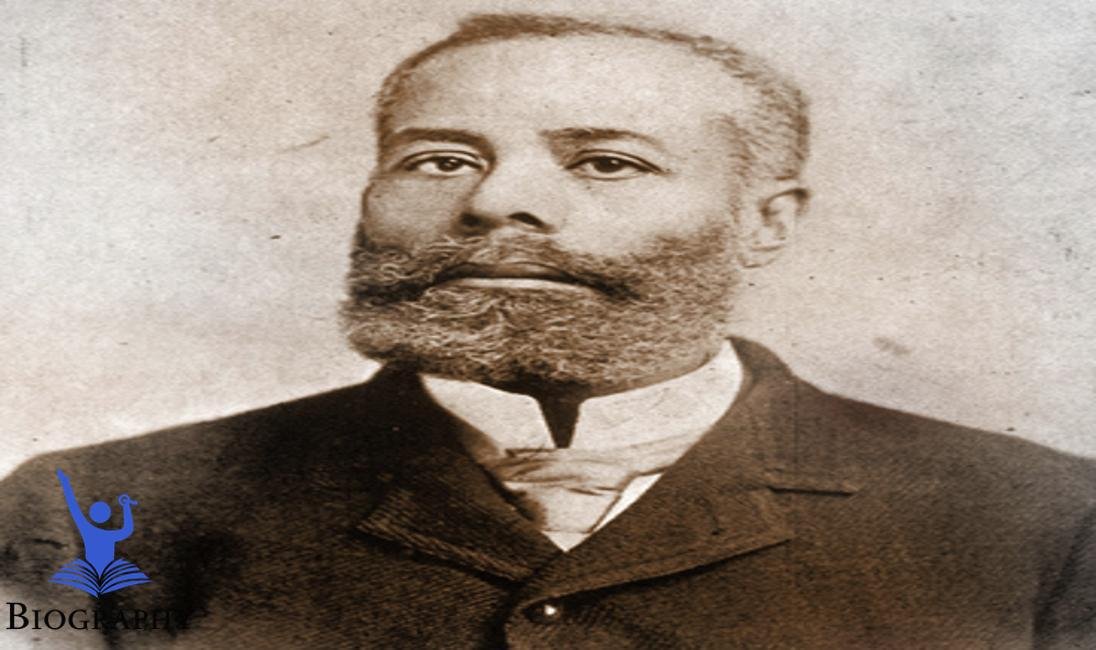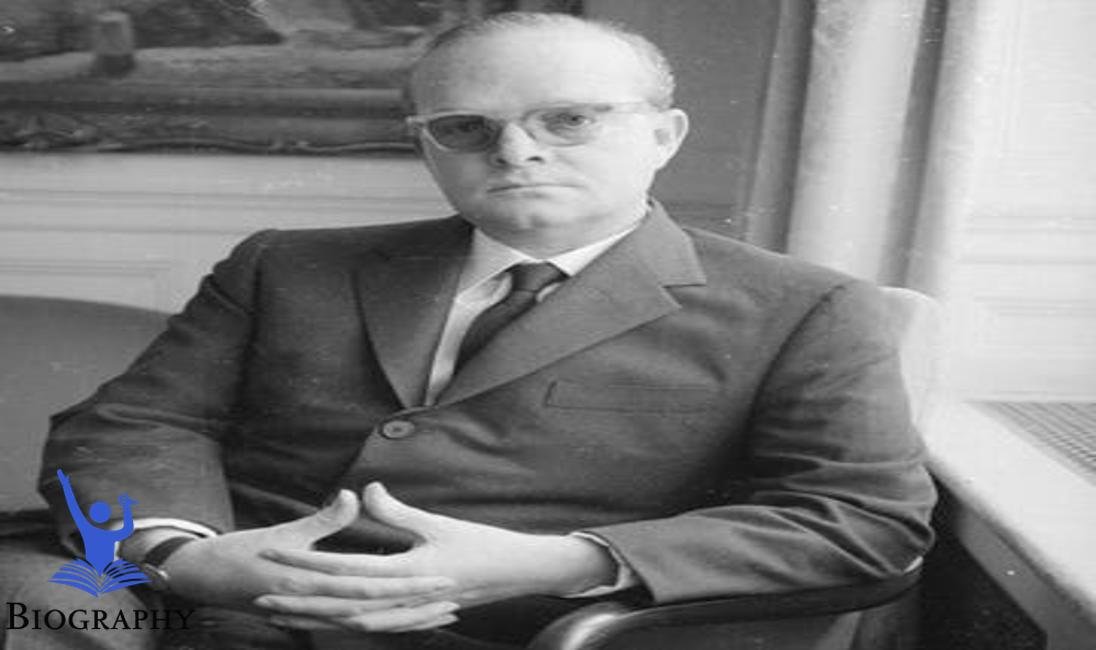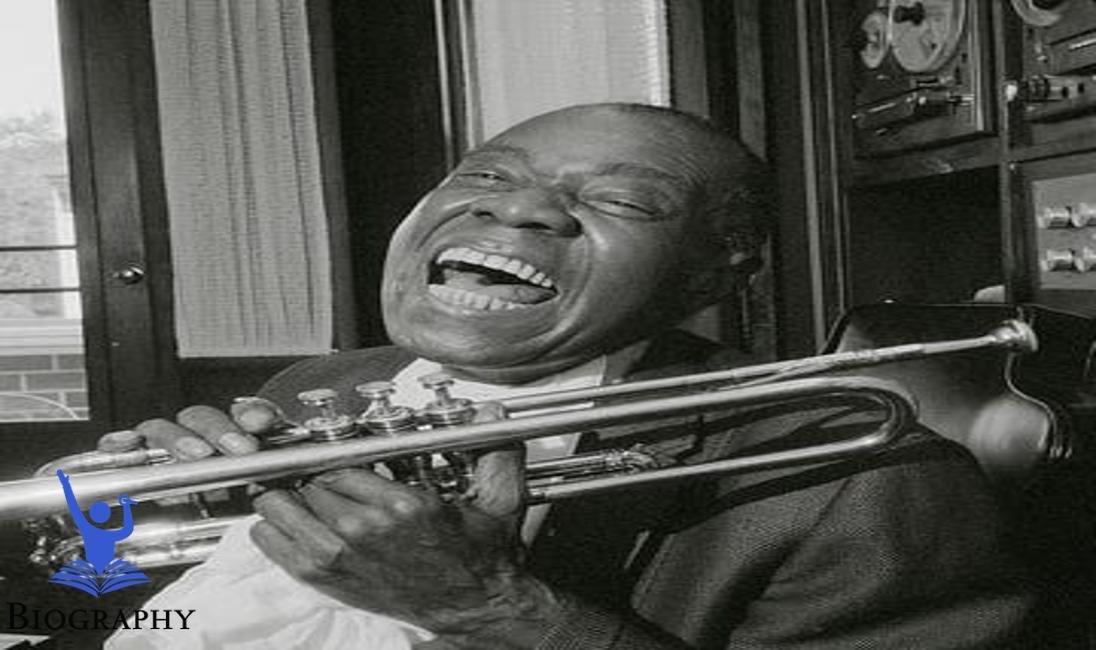Now Reading: Elijah McCoy|Biography,Inventions,Education,Facts & Wiki
-
01
Elijah McCoy|Biography,Inventions,Education,Facts & Wiki

Elijah McCoy|Biography,Inventions,Education,Facts & Wiki
Elijah McCoy: A Life of Innovation
Quick Facts
| Fact | Details |
|---|---|
| Age | 85 (deceased) |
| Weight | N/A |
| Height | N/A |
| Original Name | Elijah McCoy |
| Eye Color | N/A |
| Children’s Names | N/A |
| Birthdate | May 2, 1844 |
| Spouse | Mary E. McCoy |
| Home | Detroit, Michigan |
| Hometown | Colchester, Ontario, Canada |
| Origin | Canadian |
| Exes | N/A |
| Brand Ambassador Roles | N/A |
Early Life and Family
Elijah McCoy was born on 2 May 1844 in Colchester, Ontario, Canada. His people, George and Millicent McCoy, used to be persecuted individuals who disappeared along the Underground Railroad to Canada. Having had a childhood in a harsh environment that respected upbringing and independence, Elijah commanded his love of profit from the beginning.
He especially appreciated the help his mother gave him in getting the designs. When the family moved to the United States when Elijah was young, his father filled in as a carpenter, and his mother took care of the family. But Elijah had no relatives mentioned in verifiable records, he was raised in a permanent place that initially inspired his growth and reflection
Early Career and Struggles
After completing his formal schooling, McCoy sought formal preparation in mechanical construction. But as a young African-American in the nineteenth century, he faced serious obstacles. He fought for open doors and in many cases was denied the word to establish schools because of racial segregation.
Eventually he went to Michigan, where he was seeking suitable employment as a partner in machine shops. McCoy faced a variety of challenges in appreciating his abilities and ideas, and overwhelmingly began to chip away at personal creativity and determination in these early stages set him up for successes a it is the latter.
Rise to Stardom
Elijah McCoy’s breakthrough came in 1872 when he championed his most famous invention: a designed lubricant for steam engines. These devices enabled the locomotives to run more efficiently by naturally delivering oil to the moving parts of the engine, strongly reducing grinding and wear
His contribution was immediately taken up in the railroad industry, earning him recognition far and wide. Engineers began to appeal to the “real story,” a term which at length became inseparable from legitimacy and importance, and whose developments, which highlighted the nature of his work, transformed the railroad industry and established his status as a prominent architect.
Success
McCoy’s success didn’t stop there. During his lifetime more than 60 patents were granted for romantic and diverse developments. These innovations included better oil cup types that greatly improved steam engines and modern appliances.
His work had a lasting impact on innovation and design, especially in railroads and assembly lines. The performance of McCoy’s programd lubricant was extended and costs associated with support and installation were reduced.
Failure
Despite his successes, McCoy faced challenges throughout his career. Many of his innovations and patents were copied without approval, and he often sought formal recognition for his work. The opposition raged, and in some cases was arrested by large organizations, causing problems in securing funding and recognition.
In addition, the racial limitations she faced continued to hamper her achievements as well. McCoy tried to develop his innovations, but the particular austerity of the time limited his possibilities and his emphasis on weighty commitments in many ways
Humanitarian Work
Elijah McCoy was a pioneer as well as a philanthropist. Throughout his life, he championed various causes, especially those related to education and the advancement of African Americans. He was well connected with associations that hoped to improve the numbers of African Americans and provide the equivalent of open doors.
In addition to economic development, he included educational resources, especially for the less connected youth meant that getting training His work passed in order; Includes comprehensive concepts of inspiration and development.
Personal Life and Controversies
Elijah McCoy married Mary E. McCoy. however, married to McCoy, her insights into his life remain fairly private. The couple arrived in Detroit, Michigan, where they stayed for a long time. While there are not many recorded conversations in his daily life, McCoy faced the cultural challenges of being a Dark Singer in late nineteenth and mid-twentieth century America
McCoy’s personal meetings shaped his views on race and opportunity. He often championed the recognition of African-American innovators and pushed the limits society placed on different artists.
Legacy / Awards
Elijah McCoy died on January 10, 1929, but his estate survives. He is hailed as a leader in innovation and design, especially for his impact on the railroad industry. His reputation became inseparable from virtue and legality, giving rise to the term “genuine story”.
In recognition of his commitment, McCoy has been honored with various honors and recognitions, places of remembrance for the infamous public architects gallery and his story of designers and architects continues to inspire people in the future, and continues to do so is an important figure in African American history and progress
McCoy’s breakthrough revolutionized lubricant innovation, and his accomplishments prepared him for future breakthroughs in engineering and design. Its impact on business reflects the central role that African Americans have played in shaping current innovation and policy practices.








































